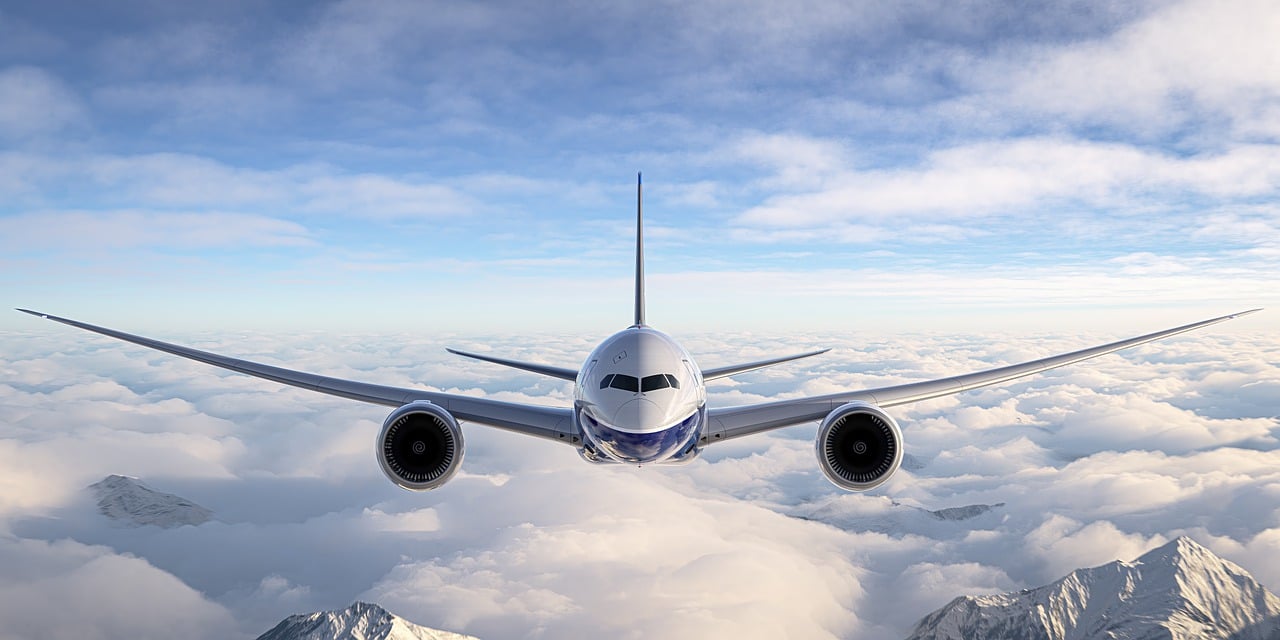More aerodynamic, safe and sustainable aircraft
2023/06/01 Elhuyar Zientzia Iturria: Elhuyar aldizkaria

Among the factors that influence aerodynamics of aircraft, surfaces are of great importance. For this reason, they have developed TEKNIKER technology for obtaining aeronautical micro-perforated parts. These parts reduce air friction and improve aerodynamics, so the aircraft consumes 10% less fuel.
According to Joseba Esmoris, a researcher at Arrillaga Tekniker, the microperforated cortex alters the wind regime, moving from a turbulent or turbulent flow to a laminar flow. This causes aeroplane resistance to decrease relative to the wind.
Micrometric accuracy is key to produce these surfaces. Esmoris confirms that thanks to the technologies of your receipt at TEKNIKER, you can achieve the required density of micropilmes.
This solution for better aerodynamics through surface improvement is not the only one proposed by the technological centers that make up the BRTA alliance. CIDETEC has focused its attention on a problem that seems small, the effect of insects. At take-off and landing, insects accumulate in the aircraft peanas and causes an increase in the resistance coefficient.
Marta Fenero Bisquer, a researcher in surface engineering at CIDETEC, states that “a residue of a mosquito with a diameter of a hair, which collides with the surface, is able to transform the laminar flow into turbulent, so its consumption is greatly increased”.
To avoid this, CIDETEC has low sea level coatings. “This allows the waste to stick very little and during flight the wind and rain release them. This means that the aerodynamics of the aircraft are not changed,” explains Feno.
Another aspect that focuses on the development of new coverages is security. This is because coatings withstand extreme stresses and temperatures in full wear and require protection of parts for flight operation. They must also respect the environment.
Tecnalia is developing alternative treatments to current coatings. Toxic elements such as chromium, cadmium and lead are being used, and aluminium and zinc are being removed. They're not toxic and they're more durable and light.
Reducing the weight of flight components is one way to improve sustainability. Another is electrification, which is five times the weight gain. To solve this problem and streamline aircraft, TEKNIKER is developing methods of integrating circuits and electronic elements into the surface of materials. Borja Pozo, researcher at Larrocha Tekniker, specifies that the plates, circuits and buttons are printed with special conductive inks in flexible films and are directly integrated into the surfaces of the materials through injection or thermoforming processes.
Thus, according to Borja Coto Barreiro, “the electronic quota allows to reduce the weight by 50-70%. And you're also removing a lot of materials, you just stick with the housing that's inserted into the surface, so we can get to remove 90 percent of the material."
The electrification of aeroplanes can replace some systems, such as anti-freeze coatings, since without the combustion engine the hot air directed to defrost systems cannot be generated. An alternative could be the buckypapers developed in Tecnalia. These are thin sheets of cross-linked carbon nanotubes. Buckypaper have high electrical and thermal conductivity, high damage tolerance and fatigue resistance.
On the other hand, corrosion is the very enemy of aircraft parts. Therefore, CIDETEC is working on a new fault early detection system, which consists of using a telephone wave to detect degradation processes that are difficult to see before being critical. Thus, there is a significant reduction in operating costs and risk prevention in the interests of safety.

Gai honi buruzko eduki gehiago
Elhuyarrek garatutako teknologia




